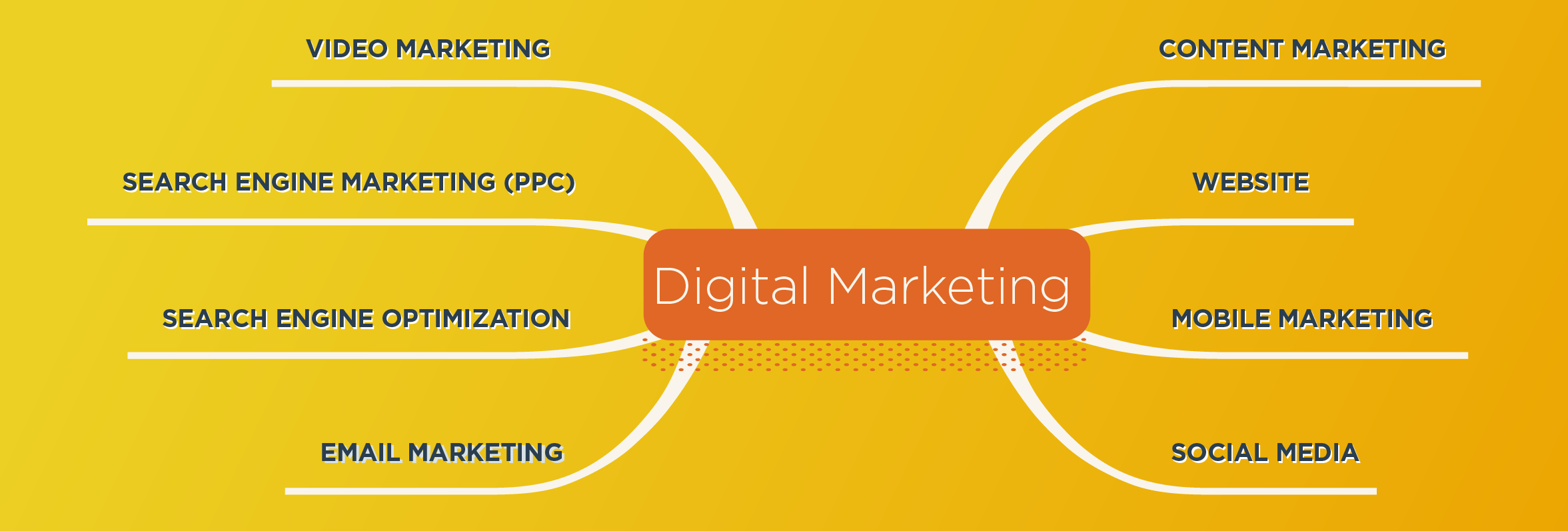- Miscellaneous

During our initial interactions with new clients, we’re often asked, “How do I know if my social media is performing well?” or “Which social media metrics should I be focusing on?”
My usual answer is: “I don’t know.” This response leaves the inquirer with a confused look on their face. They probably think, “What kind of Digital Marketing Lead doesn’t know how to measure social media performance?” They were expecting me to dive into a long-winded explanation using acronyms like KPI and CTR. But I’ve been doing this long enough to know that by the third act of my explanation, everyone in the room would be staring at me with glazed-over eyes, wishing I hadn’t been invited to the meeting.
The main reason to use the “I don’t know” response is that it’s the most straightforward, honest answer I am able to give to a new client. Until we’ve established goals and how to measure against them, we really don’t know which social media metrics to focus on (and, by extension, if the client’s social media is performing optimally).
Goals Inform Metrics
Let’s talk KPIs. Marketing professionals like to create acronyms; we just can’t help ourselves. It saves our valuable breath and increases our WPM while typing.
The term KPI stands for Key Performance Indicator; it’s the umbrella that covers all different types of metrics, including social media metrics. (Doesn’t “KPIs” sounds way cooler than “social media metrics”?)
There are literally dozens of social media KPIs. Common ones include likes, comments, shares, website traffic, form fills, and sales.
Here’s the main point of this article: Without knowing what your company’s goals are, there is no way to definitively know which KPIs you should be focusing on.
Deciding which social media metrics to track depends on the broader organizational goals you seek to positively impact. That’s why instead of telling new clients that they need to get more likes or followers, we take a step back with them and look at the bigger picture. Is their social media an engagement platform? (In which case likes, comments, and shares are important.) Or is their intent to directly drive leads or sales through each social post? (In which case actual sales and dollars is our main concern over so-called “vanity metrics.”)
Maybe it’s just a customer service outlet, and not a channel on which we need to closely watch KPIs. It could be a combination of these things!
So, before you try to choose metrics to track, set goals.
Common Social Media Metrics & Goals
Below, we break down social media metrics for three important social media marketing goals: Increasing awareness, engaging your audience, and triggering decisions. While your broader goals will make one of these your focus, you’ll likely be using social media marketing for all three (and perhaps additional goals as well). That means you’ll need to create content that speaks to your audience members throughout the stages of the Buyer’s Journey.
- Goal: Awareness
- Metrics:
- Impressions: How many users see your post on their timeline.
- Reach: The number of users that could potentially see your content either by following you or following someone who shares your post.
- Metrics:
- Goal: Engagement
- Metrics:
- Total Engagement: The total number of users who interact with your post.
- Engagement Rate: The number of likes, comments, and shares your posts receive during a selected time period divided by the number of followers you have.
- Metrics:
- Goal: Conversions/Sales
- Metrics:
- Conversions: The number of users who completed your conversion goals that were attributed to a social media campaign
- CTR: The number of clicks on a social post divided by the number of impressions
- CPC: The cost of each click. In paid advertisements, this is calculated to show the cost of each pageview
- Cost Per Conversion: It is used to measure the cost per conversion by dividing the number of total conversions attributed to a campaign by the number of clicks the campaign or post received.
- New Contacts: The number of contacts that were collected that can be attributed to a specific campaign or social post.
- Sales: The number of sales that can be attributed to a specific campaign or social post.
- Revenue: The amount of money received through the efforts of a specific campaign.
- Metrics:
How to Set Goals
Goals should be S.M.A.R.T.—specific, measurable, achievable, relevant, and time bound.
Here’s an example. At 2 Fish Company, as for most companies, one of our overarching goals is to bring in more leads. Here’s a S.M.A.R.T., conversions-focused social media goal that we believe will help us do so:
- Increase social referrals through organic posting and social ads by 50%.
Metric: Referral Traffic (specifically, “Social”)
OUTCOMES: Increased website traffic from a relevant audience.
We map out specifically what we want to do and how we are going to measure it. We know it’s achievable because of experience with our own social media and with our clients’. It’s relevant because it’s going to help us with our big picture goals. And we gave it a time frame to keep ourselves accountable.
It’s easy to get sucked into worrying about each goal. If you’re like me, you might obsessively track them or even set them as your desktop background so you never forget them. But don’t put too much pressure on yourself to achieve every single goal. Marketing takes trial and error. So set reasonable goals, check in regularly, and don’t be afraid to make changes. If a social media goal you’re pursuing starts to seem completely out of reach, you have two options: Change your tactics or change your goals.
Think Big Picture
Before you start devising social media goals, understand that social media is just one spoke of the “wheel” that is digital marketing.

At the hub of the digital marketing wheel, we have our goals. Each spoke shooting out from the hub is a channel we can leverage to achieve those big picture goals. All of these channels work together to give you a nice round wheel that rolls along smoothly down your digital marketing journey.
The point is, social media marketing cannot be effective in a vacuum. Create an entire marketing plan that addresses cross-channel tactics and complementary goals for each of those channels to really speed up your marketing.
What Social Media Reporting Tools Should You Use?
At 2 Fish Company, we use a tool called Rival IQ for our social reporting. Depending on your plan, it gives you full API access to connect to tools like Google Data Studio. Rival IQ allows the user to analyze at a landscape level and understand what a company’s competitors are doing on each social media channel. From this information, it is very easy to perform audits and analysis on what your company should be doing on social media and which tactics and types of posts are successful for your competitors. You can even create custom reports so you can track all the social media metrics you prioritize in one place.
To track social referral traffic and conversions, we use Google Analytics. The platforms allow you to see how many users were driven to specific webpages on your site because of links in your social posts. Plus, through event tracking, you are able to see which types of conversions these users performed. It’s a great way to determine if your social activity is actually leading your audience to action.
Lets Get Back to Metrics
Bottom line: There are no “best” metrics, only better ones for certain situations. So, set metrics-based goals for your social media presence that support your broader organizational goals. Then, try not to obsess over them. Use them to shape your content and cadence, measure your success, and make adjustments. Social media should be part of a larger plan with high level goals and it should be used as a tool to achieve those goals. Focusing on a larger plan allows you the opportunity to see things from a new prospective.
Related Reading
Check out our article Marketing 201: Social Media and The Buyer’s Journey to understand which types of social media content can be leveraged for goals at different stages of the buyers journey.
SHARE IT!
-
Miscellaneous
Unveiling the Power of Marketing Awards: How Recognition Transforms Client Success Stories!
-
Culture
Tools of the Trade




